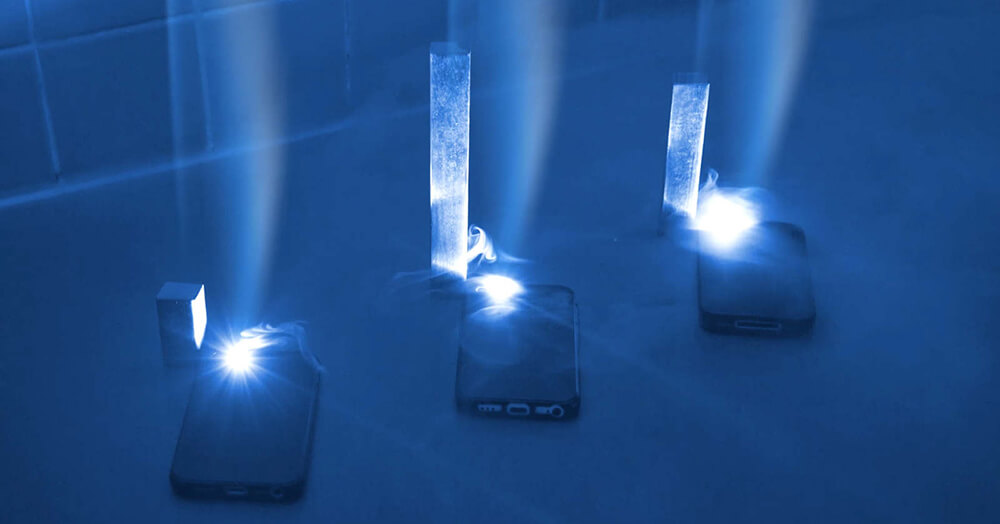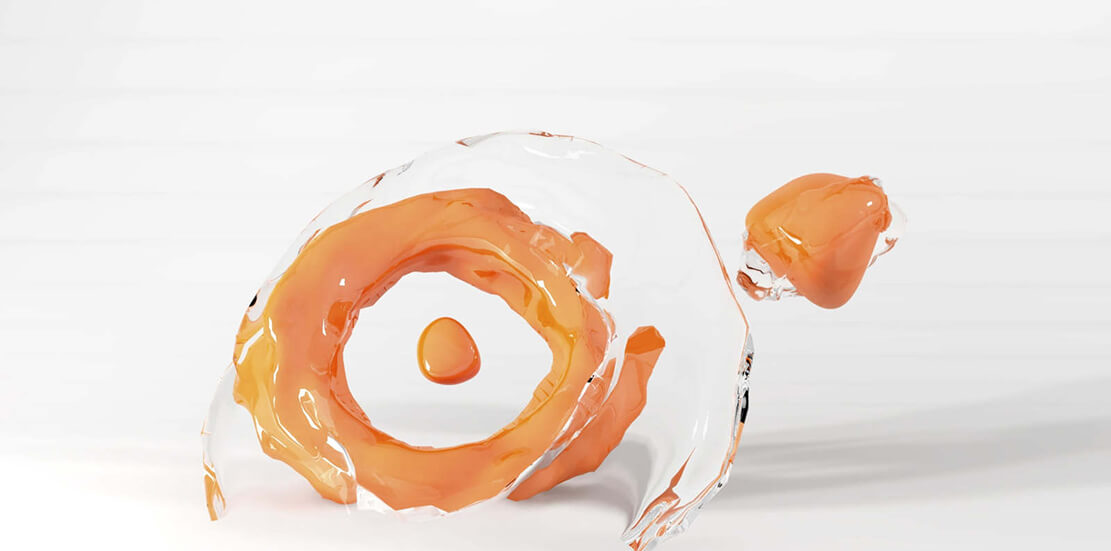Interview by Jack Apollo George

Technology is normally seen as cold when nature is warm. It is angular when the natural world seeks to find gaps to curve round obstacles. Technology is prone to obsolescence, while nature’s value resides in its eternity. The sunlight we see each morning will be seen by millions before us. The wind blowing against us will have brushed the cheeks of thousands of others. Nature cannot grab hold of the moment, it knows nothing of time, so it only brushes past. But technology has allowed us to capture all these glorious phenomena. It lets us contain and re-emit them at will. As well as permitting our entire visual experience of the world, light is also ours to capture and produce through photography and our many screens and bulbs. But this mastery of light has been a reluctant victory over the sun. We have become scared in recent years that this artificial illumination may not be serving us too well.
How can we express the tension that exists between the beauty of illumination and the danger of our brains never finding rest? Enter media artist and designer Daria Jelonek. Her recent works have oscillated between interaction design and immersive art installations. She works with augmented reality and wind-generated sculptures, her core interest being the friction, balance and reconciliation possible between nature and technology.
Jelonek is passionate about finding and using emerging technologies that do not further alienate us from the modern world and is also the co-founder of Studio ABOVE & BELOW, a studio practice that marries the theoretical urges of conceptual designers with the practical nous that allows her to thrive as a professional. The studio, founded by herself and Perry-James Sugden, is focused on researching the future technological impact on our changing environment and what the future might look like between the digital and physical space.
Their projects include Interference, a thin disc of light that reflects as a sphere, changing colour as you breathe near, modelling the interaction between light and air pollution; and Technological Nature, an audiovisual installation which prompts the spectator to ponder such possibilities as having the northern lights being produced by a fridge. In Daria Jelonek’s practice, both the artist and the material have an impact on all that surrounds them, and her work is unified by an atmospheric quality, often glowing, futuristic but warm.
In your practice, you explore the reciprocity between the material and the digital, deeply interrelating design with technology; How and when the interest in these different disciplines came about?
I always had an interest in the natural world, not only in biophysical nature but more in the physiology and phenomenology that surrounds our world of materials and physics. In order to challenge the physicality that surrounds us, I grow an interest in challenging, hacking, modifying and therefore playing with it. This is where my interest in interaction design and technology was born: emerging technologies, such as Augmented Reality or different sensors etc., allows us to explore our surrounding in a new way and, through doing so, learn more about our surrounding world and its physicality, materiality and physiology. I believe that understanding our surrounding world in a better way allows us to understand ourselves as human beings and individuals more in-depth.
Studio ABOVE & BELOW focuses on interactive and immersive projects based on hands-on research at the intersection of art, design and technologies like motion graphics, spatial design, 3D material and AR. For those that are not familiar with the studio’s practice, could you tell us more about it? What was the intellectual process behind the studio?
Perry-James Sugden, a London-based critical designer and artist, and I founded the studio after graduating from the Royal College of Art. We had the vision of creating a collaborative and collective art and design practice that pushes the boundaries between speculative design and media art.
How can you create a sustainable art and design practice that makes people think and that allows you to make a living out of it? How do you convince commissioners to include stories in your art and design projects that raise questions about how we currently and in future will interact with technology and our environment? These and many more provocative questions led to the name “Above&Below”, which represents the aim to keep the balance between critical blue sky thinking and technological exploration (Above) and reasonable and research-based design work (Below).
How people respond to multiple stimuli in a digital environment beyond the touch of a screen or button is one of the “questions” in this hyper-connected 21st century. How are these new technologies affecting or changing today’s human behaviour?
I don’t see any difference between nature and technology. For me, everything is nature, and everything is technology. Our environment is algorithmic, computational and technological – what we, as a 21st-century species, are currently creating is a more controlled, pre-programmed environment through the rising amount of digital experiences. And I believe that this is what is changing our behaviour.
Technology and nature are evolving, and we are evolving with it. But there is a risk to our well-being. And this is why I think we need to push the uncontrolled element in technologies and in nature.
Where do you see taking your work into?
As an artist and co-founder of Studio ABOVE & BELOW, I see it as our responsibility to push the boundaries of how we use technology in a commercial way and how we can use emerging technology to create better interactions with our environment. And as there are so many starting points for this aim, I am excited about every next step, though and artwork towards this exploration.
What is your chief enemy of creativity?
Time for rest, reflection, imagination and inspiration. Sleep is very important because the nighttime exactly allows you to get all those things.
You couldn’t live without…
I am a very minimal person, so I am not indeed of many physical things. What I can not live without is the power and support of my wonderful partner and my amazing family.






